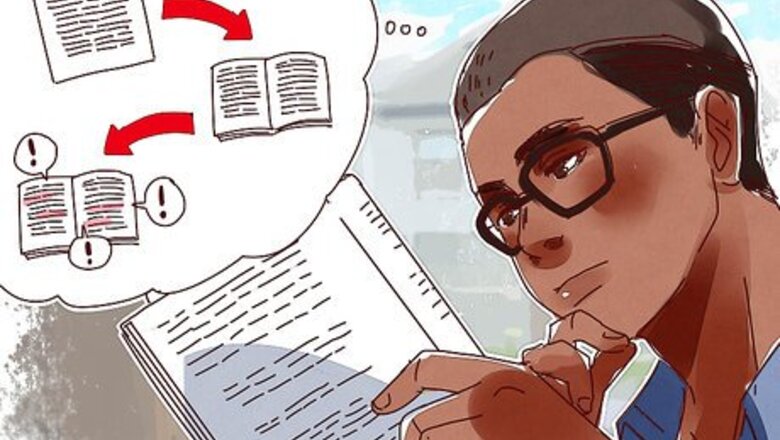
views
Reading the Article
Review your assignment sheet to understand the expectations. Read the assignment sheet twice to make sure you understand the assignment requirements. Highlight the expectations and what you need to do to get full credit. As you complete your assignment, make sure that you do everything your instructor asks. If you have any questions, ask your instructor to get clarification.
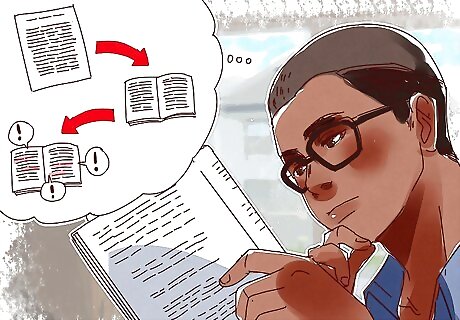
Scan the article to identify the main points. Before you read the article, scan it to get an idea of what’s contained in the article and how it’s structured. Look for section headings or subheadings. Additionally, try to find the thesis, main points, and conclusions. Highlight or underline the thesis, research question, or purpose. Mark the supporting points. Highlight the section headings. Note the method of study, if there is one. Highlight the findings, conclusions, or results.

Read the article 2-3 times to ensure you understand it. Go slowly as you read the article so you can absorb the information. If you have any questions, stop and write them down in the margins. On your second reading, try to find the answers to your questions to deepen your understanding. Finally, read the article a third time so you can write notes and summaries. If possible, read it aloud to help you process the information. Reading the article several times will help you get a better understanding of the ideas. It’s difficult to fully understand an article on a first reading.
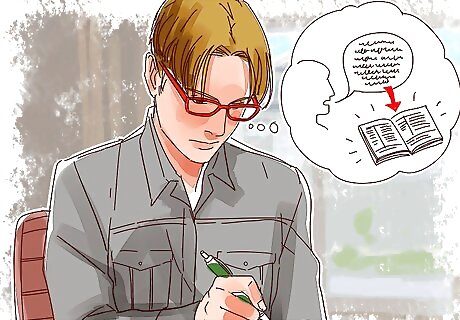
Write notes in the margins in your own words. Think about what the passage is saying or what you think the author means. Then, write out your thoughts and interpretation of the text in the margins of the article. Make sure you use your own words. Don’t just rearrange the words in the text or paraphrase the article. It’s okay to write short phrases and fragments rather than full sentences.Tip: Making notes in your own words will help you avoid plagiarism once you sit down to write your summary.

Write 1-sentence summaries of each section of the article. Read each section of the article, then stop and think about what the author is saying. Identify the main point and the supporting points for that section. Summarize the points in 1 sentence. Write your short summary in the margins near the section. You might write, “Lopez asserts that homework helps students retain more knowledge based on exam scores and self-reporting.”
Drafting a Summary
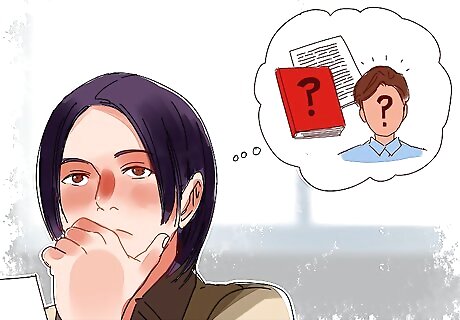
Begin the introduction with an overview of the author and the article. Tell the reader who wrote the article, their credentials, and the title of the article. Then, briefly explain what the article is about and why it’s important. You might say, “Inez Lopez is a former high school educator who now teaches curriculum planning as a researching professor. Her article entitled “Homework Smarts: Why Kids Need Homework” discusses why students benefit from regular homework assignments. Lopez also differentiates between effective homework and busywork, which helps educators change their lessons for the better.”

End the introduction with your thesis about the article’s main ideas. Write your thesis as the last sentence in your introduction. Focus your thesis on the original author’s thesis, hypothesis, or research question. State their core ideas in your own words, but don’t include any of your own ideas. For instance, you’d write, “Lopez argues homework is necessary to support in-class instruction because students retain more information, the class covers more curriculum, and students get more one-on-one attention in class.”

Summarize each main point in a sentence for a short summary. Re-read the 1-sentence summary you wrote in the article margins. Pull out the main point from that section, then write a sentence that summarizes what the author is saying. Do this for each section of the article. A short summary is 1 page or shorter. For a short summary, you’ll write either 1 long paragraph or an introduction, a body paragraph, and a conclusion. Write, “According to Lopez, students who complete homework assignments for their core classes perform better academically.”Tip: Summaries are usually about 1/3 of the length of the original article. You’ll only write a short summary if your original article was no longer than 3 pages long.

Discuss each point in a body paragraph for a longer summary. For a long article, you’ll typically write a summary that’s longer than a page. In this case, you’ll write a separate 4-6 sentence body paragraph for each main point. State your summary of the main point in the first 1-2 sentences of the paragraph. If your summary is longer than 1 page, it’s considered a longer summary. You might write, “In her study, Lopez compared 2 different classrooms at the same high school, one that had homework and one that didn’t. Lopez asserts that students who completed homework assignments performed better academically.”
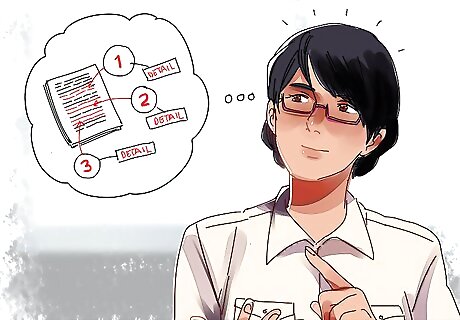
Provide 2-3 supporting examples for each of the main points. The supporting details are the examples that the author gave to back up their ideas. Identify 2-3 supporting examples for each main idea. Then, present them in 1-2 sentences for a short summary or 2-4 sentences for a longer summary. You might write, “To support her claims, Lopez explains that students who did their homework scored 40% higher on exams, participated in class at a higher rate than students who weren’t assigned homework, and completed academic units 30% faster than classes that didn’t do homework.”

Explain the research methods if the author used any. The research methods are the steps the author used to conduct their study. Describe the research design, the process, and how the results were measured. If the research involved subjects, identify the subjects and what they had to do. Be specific about how the author attained their data. For instance, you’d write, “In her research, Lopez studied two classes at the same high school. Both classes had a similar demographic and socioeconomic makeup and were provided the same academic supports. The control classroom did not receive homework, while the experimental classroom did. Lopez tracked the students’ homework completion rate, assignment scores, class participation, and progress through the curricula. Additionally, she conducted short student surveys after each exam.”
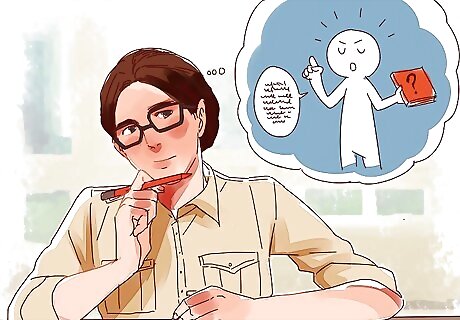
Describe the results and conclusions if the article is about research. The results include the data or information the author learned through their research, and their conclusions include the ideas they took from their research. Explain the results of the research, the analysis the author provided, and the conclusions they drew. Additionally, explain the author’s call to action, if there is one. You could write, “Lopez collected data such as student scores, number of incidences of class participation, and rate of lesson progression. Additionally, she asked students to rate their confidence, understanding of the material, and readiness to move on to the next unit on a survey after each exam. Based on her data, Lopez concluded that students progress as much as 30% faster if they complete daily homework assignments. To improve academic performance, Lopez recommends that teachers in core subjects assign homework every night.”

Conclude your summary by restating the thesis and its significance. Write a short 2-3 sentence conclusion for your summary. In the first sentence, restate the thesis you provided at the end of your introduction. Then, briefly state what the author’s ideas are important or meaningful in their field. Write something like, “According to Lopez, students are able to retain information and progress rapidly if they’re required to do homework. Her work provides teachers with a tool to promote academic success and advice on how to use homework effectively to help students.”
Making Your Summary Effective
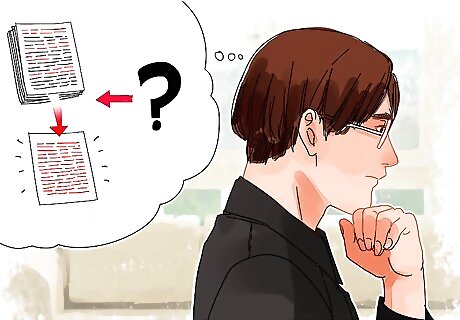
Make sure your summary is about 1/3 of the length of the article. You want your summary to be short and concise while still conveying the ideas in the article. Compare your summary to the length of the original article. If it’s longer than 1/3 of the article’s length, revise the summary to cut it down. Similarly, add more detail if your summary is too short. Your summary doesn’t need to be exact in length. As long as it’s about 1/3 of the article’s length, it should be sufficient.Variation: If your assignment sheet lists a different length, always do as your instructor asks. For instance, your instructor might give you a word count goal of 1,500 words. If this is the case, follow their instructions.
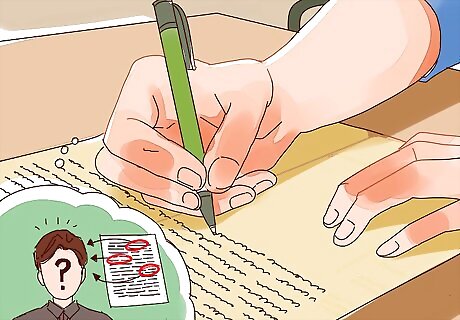
Use author tags to attribute the ideas to the original author. Author tags remind the reader that the ideas you’re presenting belong to the original author. This helps you avoid accidentally plagiarizing the author’s ideas. Each time you state an idea or supporting detail from the article, use an author tag to show that the idea belongs to the original author. You’d write, "Lopez believes," "Lopez finds that," and "Lopez argues." It’s also okay to use pronouns. You might write, “She goes on to say,” “She further asserts,” or “She refutes this idea.”

Avoid using direct quotations because they aren’t in your words. The purpose of a summary is to present the article ideas in your own words. If you use direct quotes, you aren’t summarizing. Rewrite all of the ideas in your own words. Warning: Copying phrases or sentences from the original article is plagiarism. If you’re summarizing the article as part of an assignment, you will likely lose credit if you don’t restate the ideas in your own words.
Finalizing Your Summary

Ask someone to read your paper and provide feedback. Give your paper to someone you trust to give you honest advice. Ask them to look for passages that need improvements and to mark errors. Use this feedback to improve your paper. For instance, ask your classmate, a writing tutor, or your teacher to give you feedback.

Compare your summary to the assignment requirements. Go back over your assignment sheet and make sure you did everything your instructor asked you to do. If you didn’t, go back and make revisions to your paper so that it matches your instructor’s expectations. This will help you get full credit.

Revise your summary to improve passages and correct errors. Make changes based on the feedback you received and your assignment sheet review. Rewrite sections of your paper that you want to improve. Additionally, correct any grammatical errors, typos, or misspellings that you found during review. You may want to do several rounds of revisions depending on the purpose of your assignment. If you’re writing this summary for a grade, make sure your final product is your best work.

Proofread your summary to make sure it’s free of errors. Once your paper is finished, read over it carefully to check for errors. Correct any problems that you find so that you won’t lose credit for them. Ask someone else to proofread your paper for you if you can. Then, make changes if they spot any errors.

Check the summary against the article to make sure it’s accurate. Re-read the article, then read over your summary of it. Make sure your summary accurately reflects what the author says in the original article. Additionally, check that your summary discusses the thesis, each main point, and the main supports. Finally, delete any statements that reflect your own analysis or opinions. Don’t include any of your own ideas, analysis, or opinions in a summary. Focus solely on the original author’s ideas.














Comments
0 comment